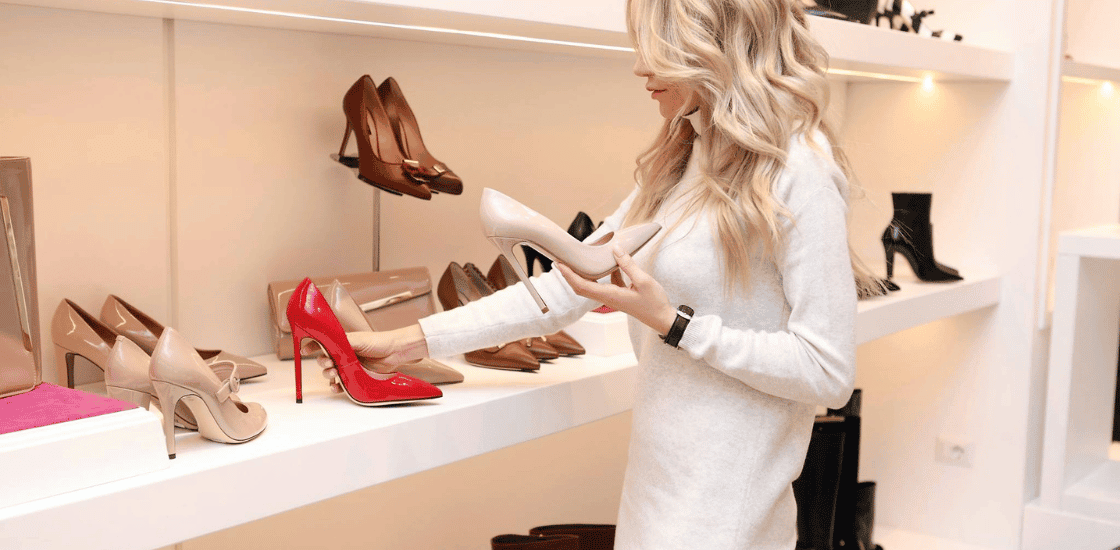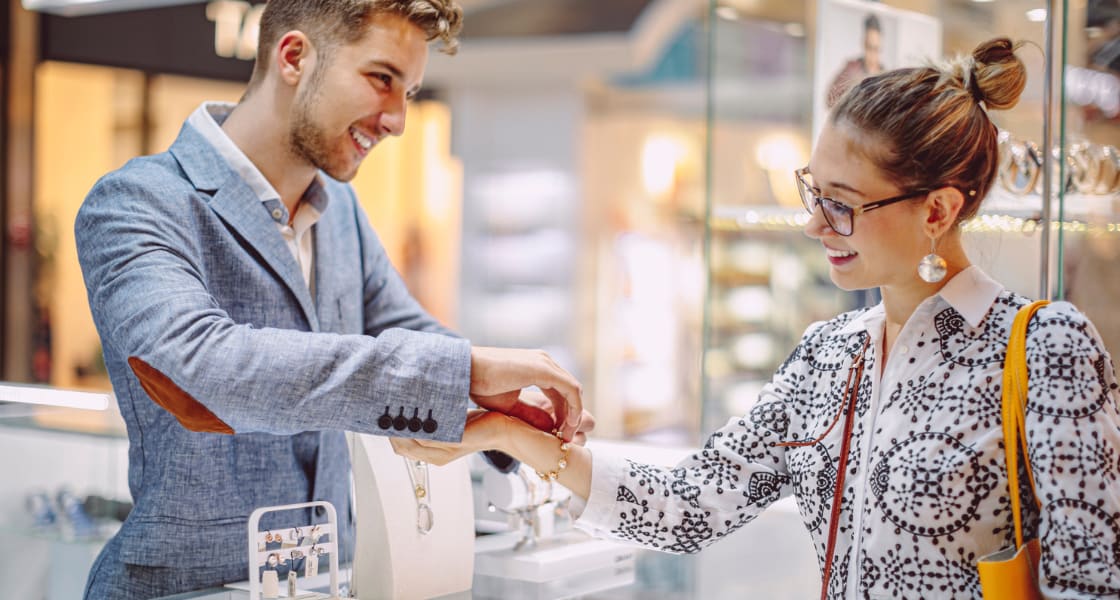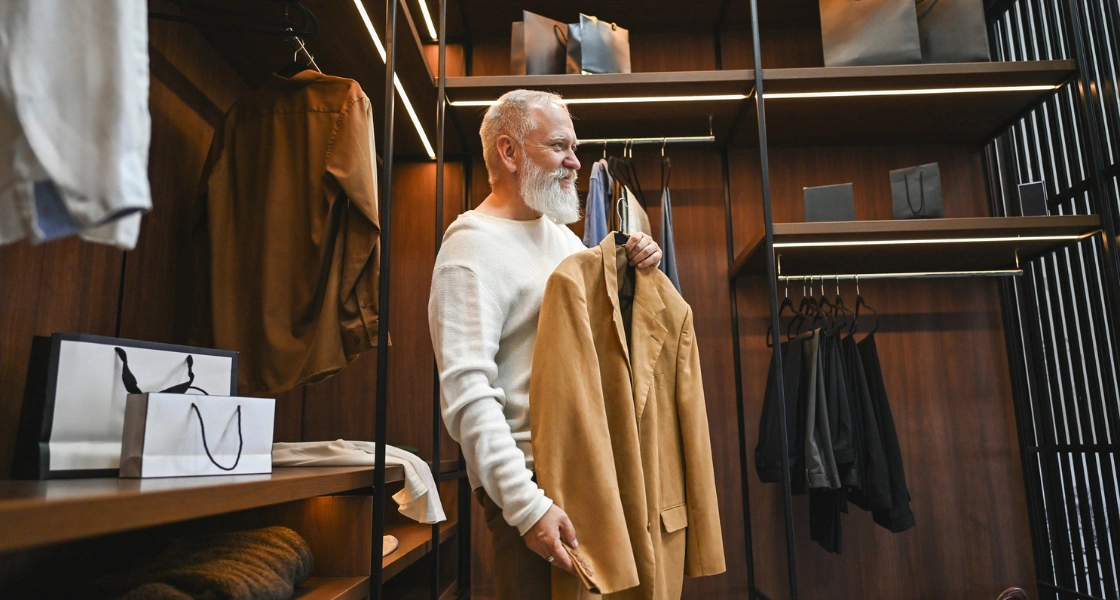Retail
Why being experiential-adjacent rules luxury retail in 2025 ?
19 February 2025

How Brands Are Redefining Customer Loyalty
During fashion week, these VICs can be spotted in the frow and seated next to the designer at extravagant dinners. They might even be invited to take part in the show, in the case of Qin Huilan, a retired 70-year-old Chinese doctor from Shanghai who regularly parades her Miu Miu outfits on social media. The charmed life of a VIC was laid bare in a recent Vogue interview with Texan entrepreneur (and inveterate VIC) Sabrina Harrison, who told of a typical trip to a Paris couture week which involved luxury brands paying for a suite at Hotel Costes and lunch at the Louvre.
Whether it’s Saks Fifth Avenue whisking VICs to the Oscars and Wimbledon, Max Mara treating clients to an exclusive dinner at the Doge’s Palace in Venice, or Dolce & Gabbana’s VIC-packed Christina Aguilera concert in Sardinia, these experiences are an effective way of keeping already-loyal customers even more committed to the brand.
“The best brands will want their clients to feel like celebrities, although the difference, of course, is that we invest in their work.”, Sabrina Harrison for Vogue
With the top 2% of customers generating 40% of sales for luxury brands – and with VIC clients typically spending around $60,000 buying new outfits prior to their trip to Paris or Milan (according to a recent New York magazine article), it’s easy to see why luxury brands choose to indulge their most loyal customers in this way.
The trend for being ‘experiential-adjacent’ is analysed in Cegid’s recent Luxury Trends 2025 report. Brands aren’t just providing experiences for the 1% either: they’re deploying them in their stores too. As we mention in the report, “luxury brands have worked hard at innovating their brick-and-mortar stores, turning them into multi-sensory brand playgrounds where shoppers can ‘experience’ and soak up the brand (perhaps even help market produce by taking a few snaps for Instagram), rather than just handing over their credit cards.”
The recent Louis Vuitton x Murakami pop-up in London’s Soho is the perfect example. Celebrating the launch of the collaboration between the French fashion house and Japanese pop artist, this Soho takeover was a pastel-pink never-never land full of fluffy flower cushions, bespoke pieces from the collection and a branded café.
Here in Paris, the new Lancôme Idôle House pop-up in the 4th arrondissement is an experiential wonderland, offering immersion into the brand via an Idôle lash bar, Korean photo booth and rainbow popcorn. Further along the Seine, Dior’s 30 Avenue Montaigne store has a permanent museum, restaurant and even an apartment where guests can stay overnight.
How Sensory Engagement and Brand Immersion Are Shaping Luxury Shopping
One of 2025’s hottest experiential retail trends is having a bookshop rather than a boutique. Saint Laurent recently replaced its 9 Rue de Grenelle store selling fashion and leather goods with a bookstore named Saint Laurent Babylone. In London, Alaïa has opened a Claire de Rouen bookstore and café on the third floor of its flagship. Other boutiques are experimenting with lighting, scent, temperature and music – apparently two-thirds of shoppers believe the type of music played in-store influences their buying habits.
Thanks to technology such as Cegid’s innovative POS solutions, transactions no longer need to take place in store. A VIC can purchase a piece in Milan at a couture show, for example, while Porsche customers can take a guided tour of the factory and then purchase a car directly from the assembly line.
What’s more, brands are launching elite clubs which augment the exclusivity of the relationship they have with their most loyal clients. Become a member of the $100,000-a-year Vogue100 club and you could be having breakfast with Anna Wintour inside the Vogue fashion closet at its New York One World Trade Center office. Hermès Carré Club has hosted exclusive pop-up events in Dubai and Los Angeles, and Harrods’ new The Residence club in Shanghai offers 250 people access to Gordon Ramsay’s first restaurant in China, a bar stocked with a £59,000 bottle of Louis XIII Rare Cask cognac, personal shopping opportunities and flights on the store’s own-brand private jet.
Does such brand immersion make people more likely to buy? Possibly.
According to Salesforce research, 91% of consumers said they’d be more likely to buy from a brand or service after participating in a brand ‘experience’.
These developments might seem shiny and new, but sensory engagement has long been part of the shopping experience. Think of the ancient marketplace, where people would buy produce based on the smell of freshly baked bread or having felt a slab of meat to assess its quality. It’s no different today: most of us will handle a new phone in the shop before deciding to buy it.
But in a world of e-commerce, fast fashion and phone addiction, this kind of sensory engagement and hands-on playfulness has been absent from our retail experience. If, as French philosopher Tristan Garcia argues, “intensity” (along with novelty and newness) is “the ethos of our age”, then luxury is doing a good job.
Explore the Future of Luxury Retail: Download Our 2025 Trends Report
Download Our 2025 Trends ReportConclusion
These developments might seem shiny and new, but sensory engagement has long been part of the shopping experience. Think of the ancient marketplace, where people would buy produce based on the smell of freshly baked bread or having felt a slab of meat to assess its quality. It’s no different today: most of us will handle a new phone in the shop before deciding to buy it.
But in a world of e-commerce, fast fashion and phone addiction, this kind of sensory engagement and hands-on playfulness has been absent from our retail experience. If, as French philosopher Tristan Garcia argues, “intensity” (along with novelty and newness) is “the ethos of our age”, then luxury is doing a good job.


